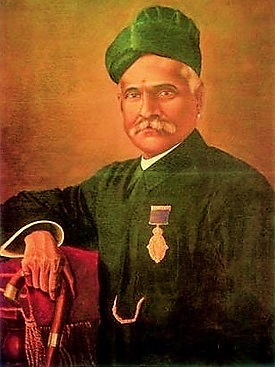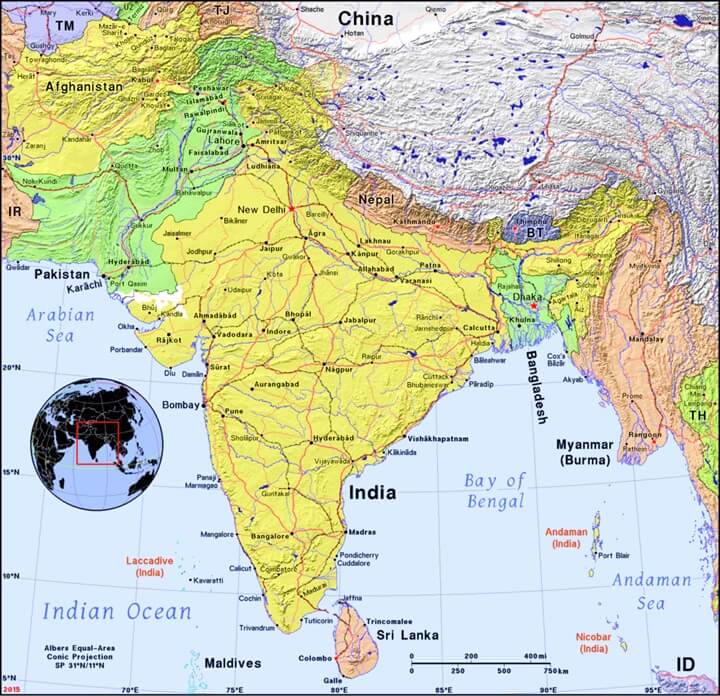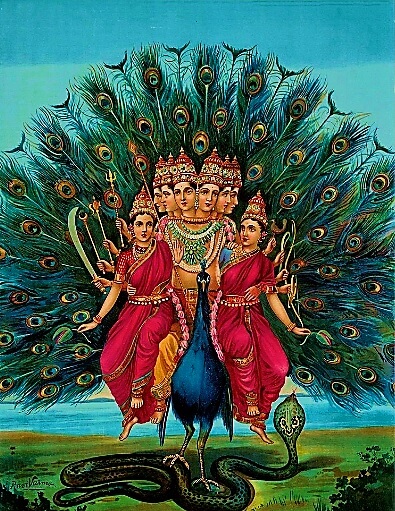Activity 1: Can You Find It?
Find the following in the artwork:
- Kartikeya
- One Body with Six Heads
- One Body with a Dozen Hands
- Scimitar
- Feathers with Eye Markings
- Snake Hood
- Two Flowers
- Two Saris
- Eight Headdresses
Activity 2: Narrate the Artwork
- After studying the artwork, narrate the scene shown aloud using your own words.
Activity 3: Complete Vocabulary Activities
- While studying the new words, point out any you see in the painting.
- Define each of the vocabulary words in your own words.
Activity 4: Color the Artwork

- Click the crayon above, and complete page 35 of 'Art History Coloring Pages for Second Grade.'



